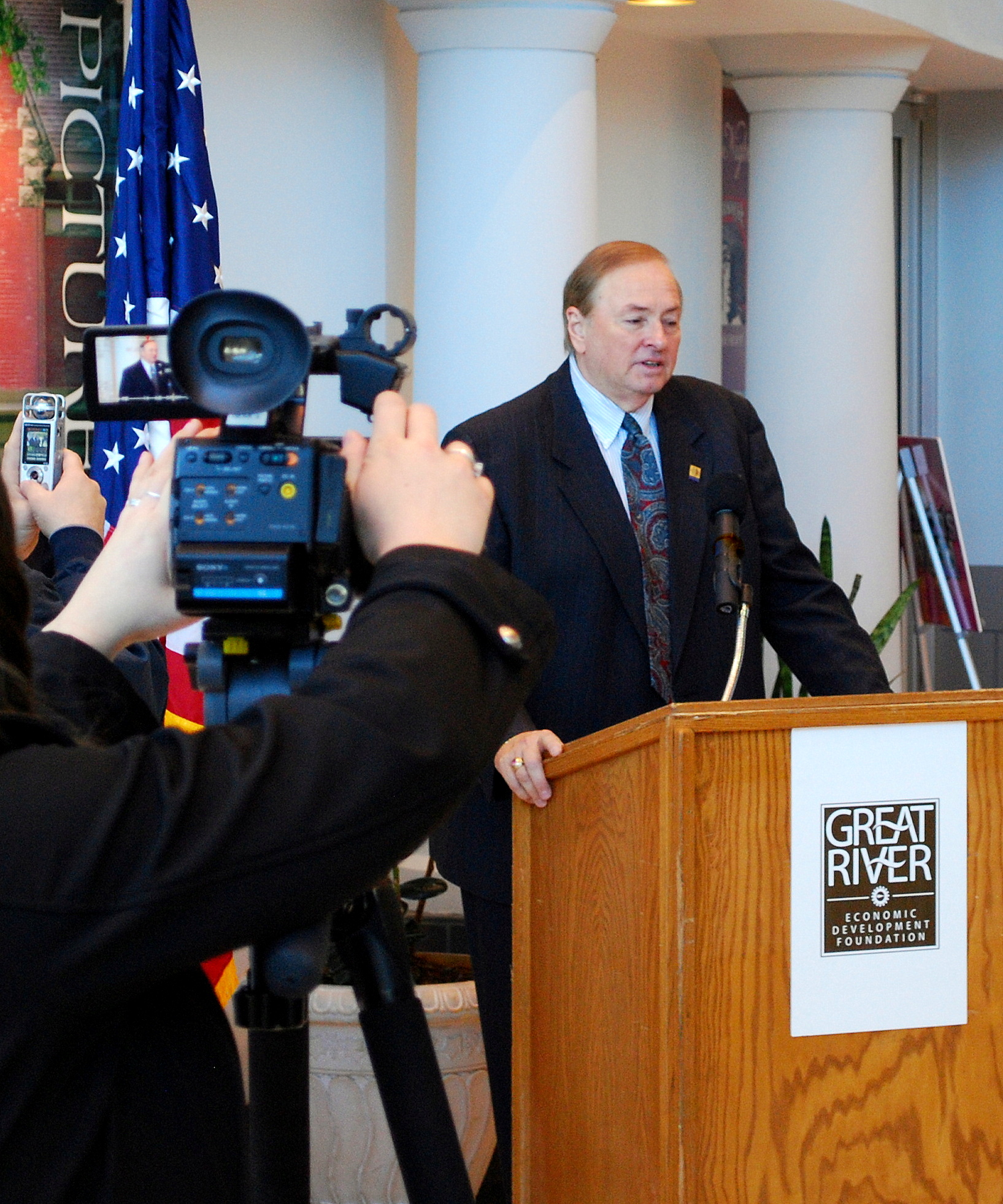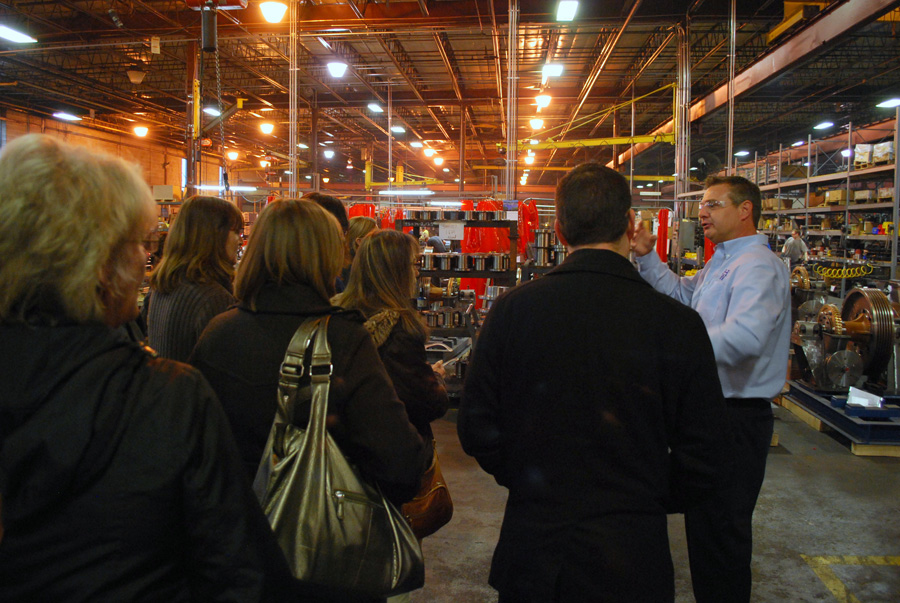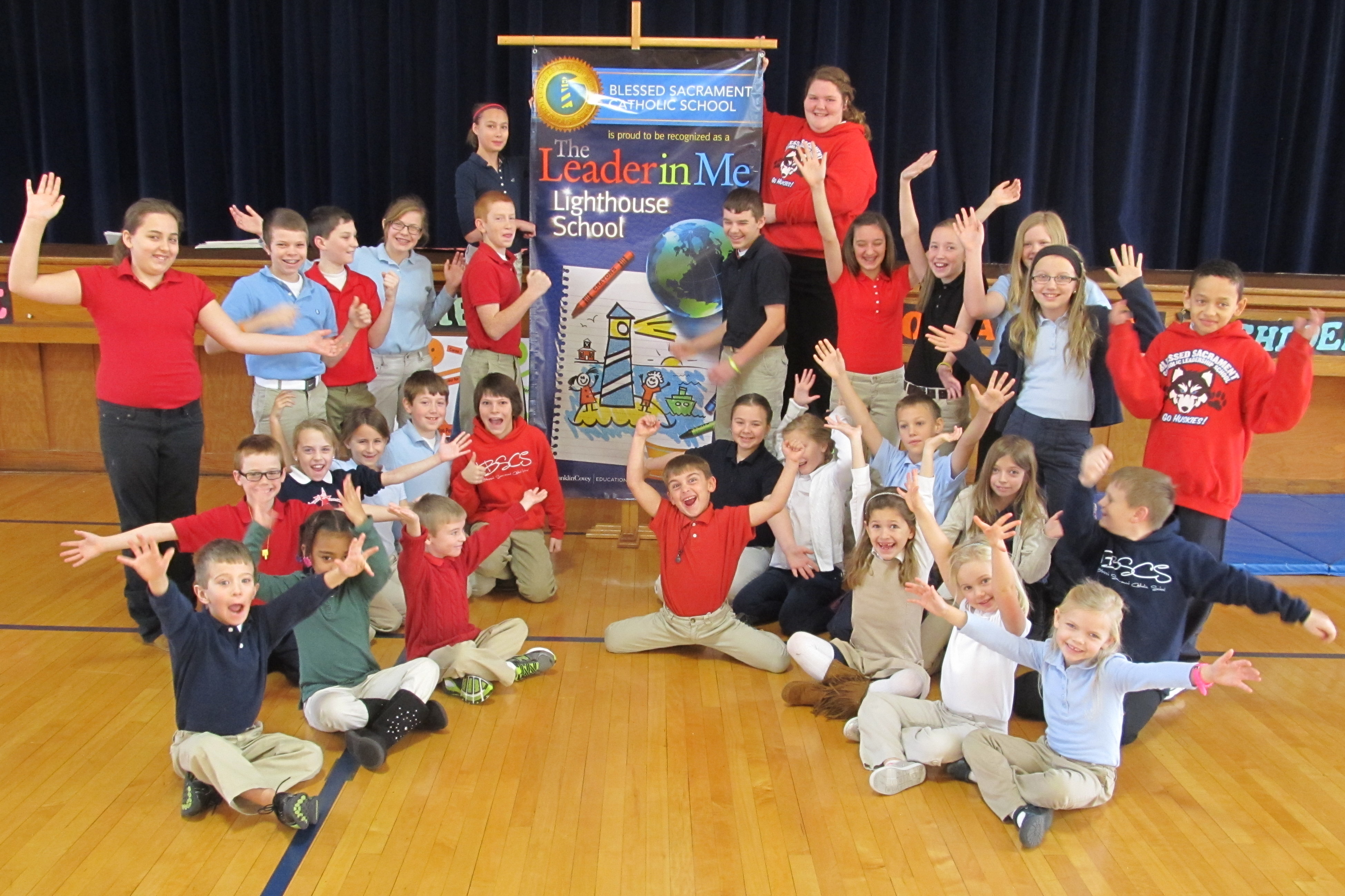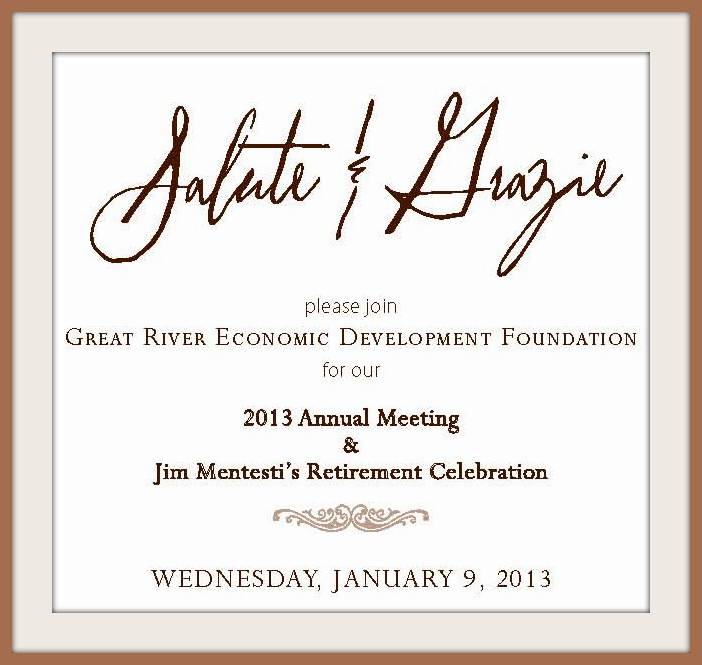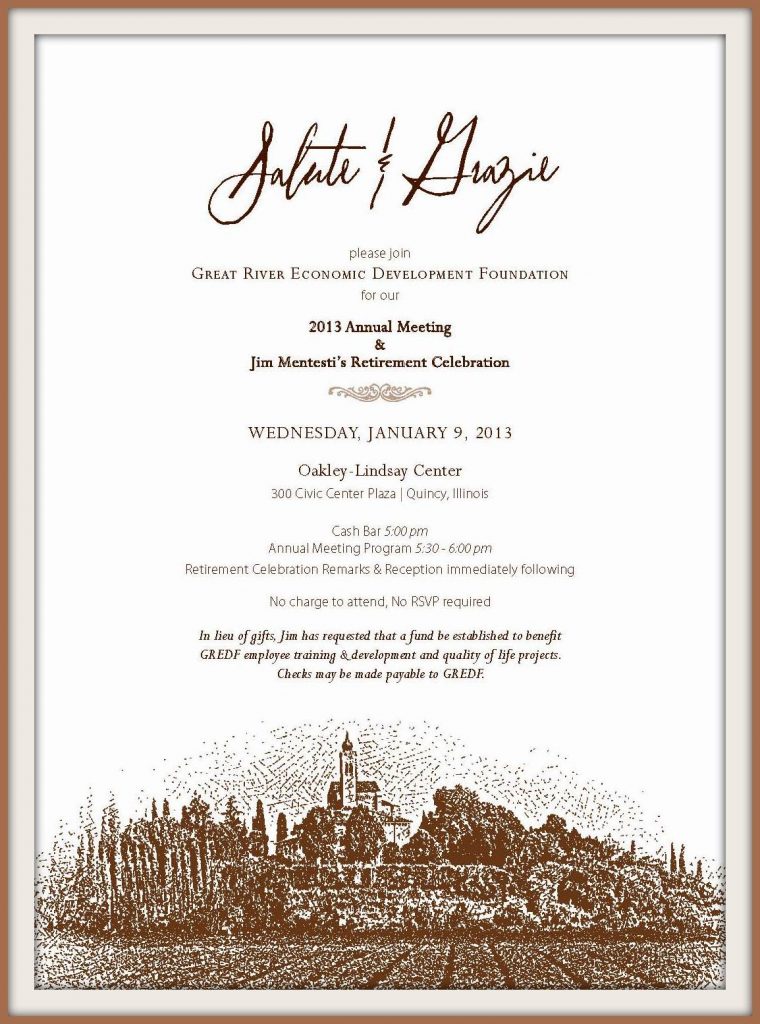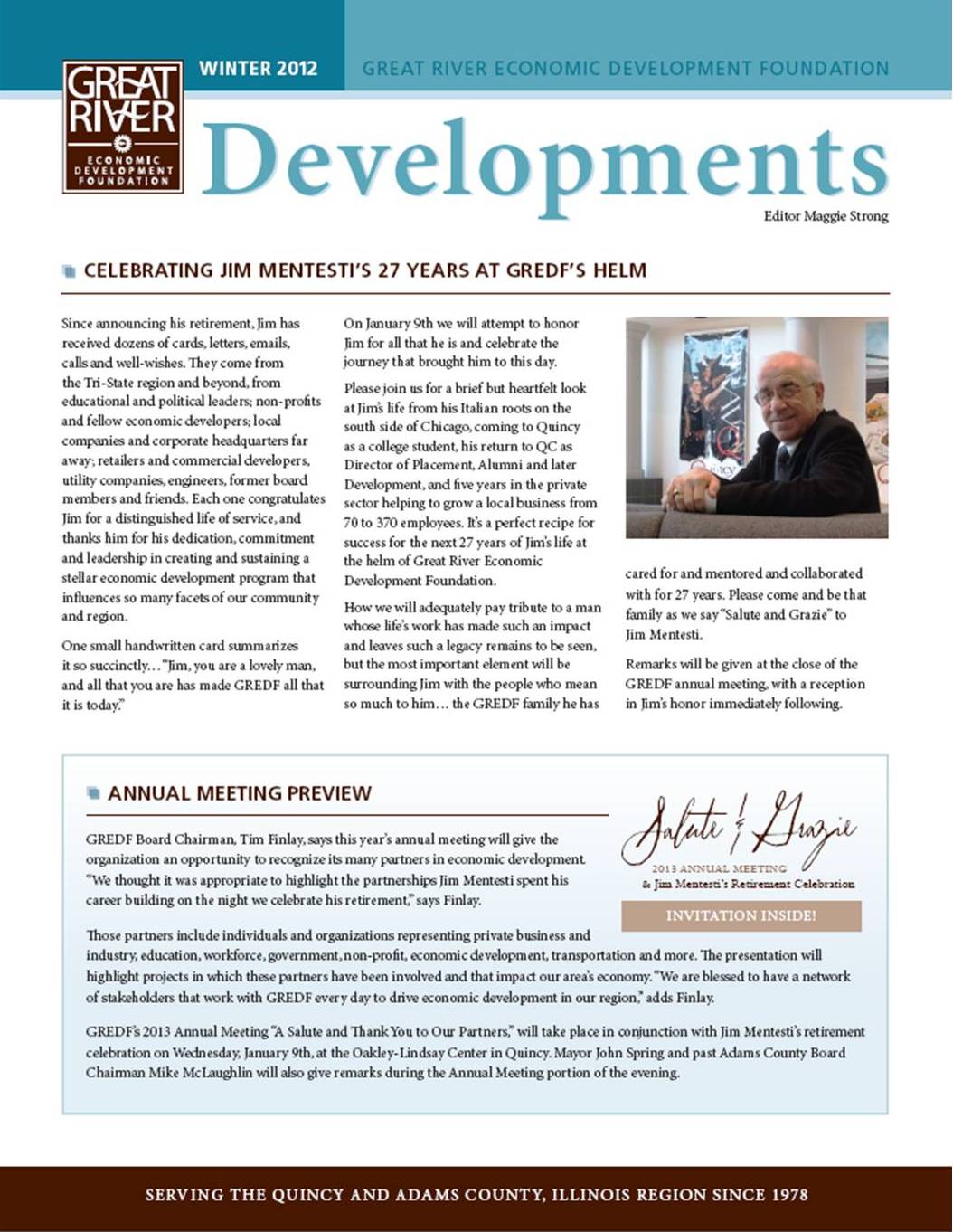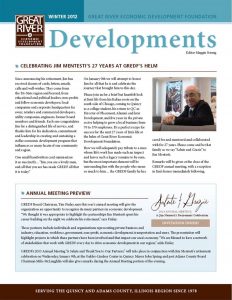[share]
Keys to Economic Success – Growing Entrepreneurial Communities
 Key 1 – Local Responsibility: Economic development does not just happen. There is no invisible force that creates jobs, provides new investment or expands the tax base authority of local governments. People and organizations make economic development happen either through private or collective decisions. Pro-active communities and regions can and do change their prosperity through smart, well-worked and sustained economic development.
Key 1 – Local Responsibility: Economic development does not just happen. There is no invisible force that creates jobs, provides new investment or expands the tax base authority of local governments. People and organizations make economic development happen either through private or collective decisions. Pro-active communities and regions can and do change their prosperity through smart, well-worked and sustained economic development.
Key 2 – Smart Game Plan: We can no longer ride on past advantages. Today’s highly competitive global economy and society demands that American communities invest in developing smart game plans rooted in genuine development opportunities. What has worked in the past may no longer make sense.
Key 3 – Robust Investment: We all know that businesses that do not reinvest in themselves are likely to erode their competitive advantage, lose market share and eventually fail. Well, the same is true for communities. As every farmer knows, you cannot reap what you do not plant. The same is true with economic development; there must be robust investment in a smart development game plan sustained annually over time.
Key 4 – Entrepreneurial Development Systems: We have studied economic development across North America. One lesson we have learned is that systems generate greater outcomes when compared to unarticulated programmatic efforts. In economic development with the shift in focus back to local entrepreneurs, the prime opportunity for development is through entrepreneurial development systems. Building entrepreneurial development systems is hard, but the potential dividends are huge.
Key 5 – Sustained Effort: Economic development never ends. There are no holidays, vacation or retirement. Communities that succeed sustain their efforts at a robust level year in and year out over decades. The key to sustained effort is renewal of community leadership. Building a game plan that invests in economic development leadership and ensures continued transition is the foundation for sustained effort.
Key 6 – Growth Entrepreneurs: Each community must find its own solution set. Every community is different and has unique opportunities for development. We believe that communities that succeed in the 21st Century focus on helping to grow more growth entrepreneurs.
Key 7 – Attributes of an Entrepreneurial Community: The State of Georgia has done a remarkable job with its Georgia Entrepreneurial Communities Initiative. This program has helped communities, large and small, across Georgia explore and build programs that foster an entrepreneurial climate or environment.
Key 8 – Immigrants & New Residents: Immigrants and new residents have been a renewing force in American communities forever. Communities that welcome, embrace and support immigrants and new communities do better economically and socially over time.
Key 9 – Real Regional Collaboration: One of America’s greatest economic development challenges is the lack of workable and meaningful vehicles for regional collaboration. Successful communities will likely foster regional development collaborations through locally supported regional development organizations.
Key 10 – Civic & Social Entrepreneurs: It is important to recognize that there are three kinds of entrepreneurs that will enable development success and sustained prosperity – business, civic and social entrepreneurs. Civic (government) and social (nonprofits) will lead in creating the strategies, quality of life amenities and business climates necessary for business entrepreneurs to succeed. Conversely, business entrepreneurs drive economic development creating new private investment, jobs and careers and local tax bases.


